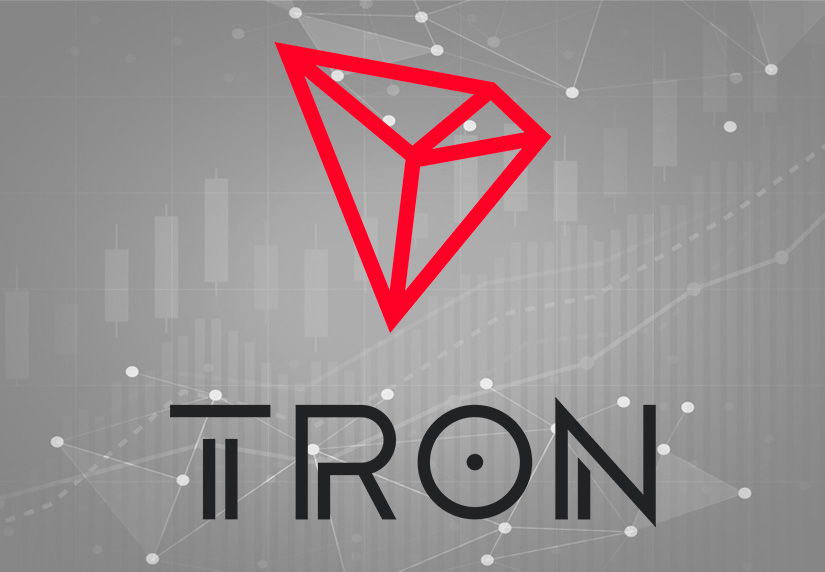TL;DR
- Fee Reductions and Energy Cap Increase: Justin Sun proposes lowering transaction fees and raising the energy cap on the Tron blockchain to boost daily transactions and attract more users and developers.
- SunPump’s Impact: The SunPump platform has significantly increased activity on the Tron network, generating over $1 million in revenue in less than two weeks and challenging other blockchain networks like Solana.
- Future Projections: Sun’s initiatives could generate $3 billion to $4 billion in revenue for Tron over the next 12 months, with $1 billion burned and $2 billion allocated to transaction subsidies and staking rewards, aiming to surpass one billion addresses.
Tron founder Justin Sun has announced plans to reduce transaction fees and increase the energy cap on the Tron blockchain. This initiative aims to boost daily transactions and expand Tron’s market share, particularly in light of the recent success of the SunPump platform.
IMO, lowering fees and raising the energy cap won’t hurt TRON’s profitability. The fee cut should drive transactions to 20M+ daily in three months, expanding market share and boosting profits. More energy will also encourage TRX staking for free transfers.
— H.E. Justin Sun 孙宇晨(hiring) (@justinsuntron) August 21, 2024
SunPump’s Impact on Tron
The SunPump platform, which allows users to create and trade memecoins, has significantly increased activity on the Tron network. Since its launch, SunPump has generated over $1 million in revenue in less than two weeks, with more than 7,300 tokens created in just 24 hours. This surge in activity has propelled Tron into the spotlight, challenging the dominance of other blockchain networks like Solana.

Fee Reductions and Energy Cap Increase
Justin Sun’s proposal to lower transaction fees is expected to drive daily transactions on the Tron blockchain to over 20 million within three months. By reducing fees, Sun aims to make the Tron network more attractive to users and developers, thereby increasing its market share and profitability.
Additionally, Sun plans to raise the energy cap, which will encourage more users to stake TRX, Tron’s native token, for free transfers.
Sun projects that these changes could generate $3 billion to $4 billion in revenue for Tron over the next 12 months. Of this, $1 billion would be burned, while $2 billion would be allocated to transaction subsidies and staking rewards. This strategy aligns with Tron’s goal of becoming the first blockchain to surpass one billion addresses.
Market Reactions and Future Prospects
The announcement has been met with enthusiasm from the crypto community, with many investors optimistic about Tron’s future. The increased network activity and potential for higher transaction volumes are seen as positive indicators for TRX’s price performance. However, some skepticism remains due to Sun’s controversial reputation and the speculative nature of the memecoin market.
Tron’s plans to reduce fees and increase the energy cap represent a bold step toward capturing a larger share of the blockchain market. As the memecoin craze continues to grow, Tron’s strategic initiatives could position it as a leading player in the crypto space.


